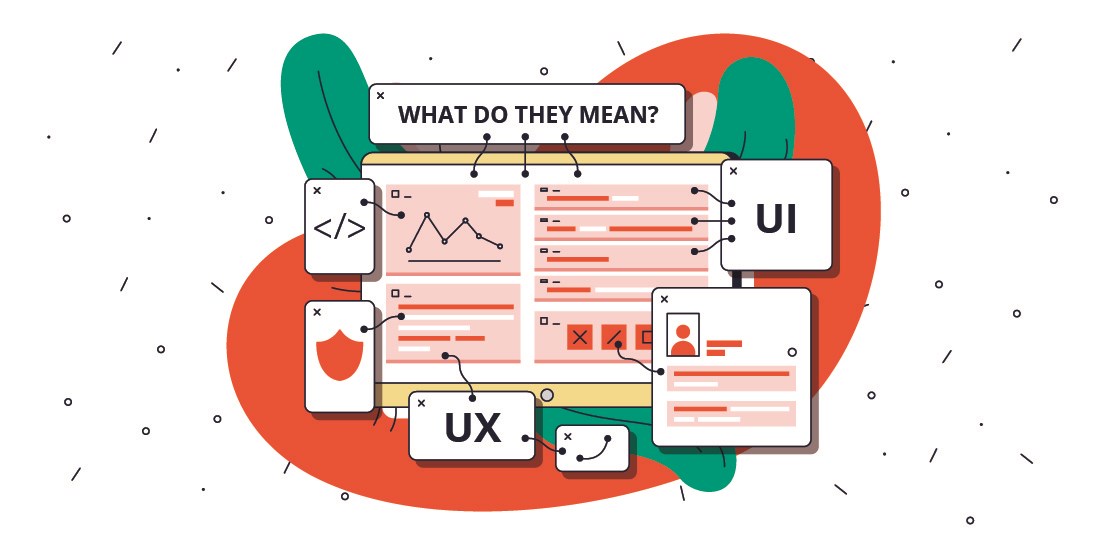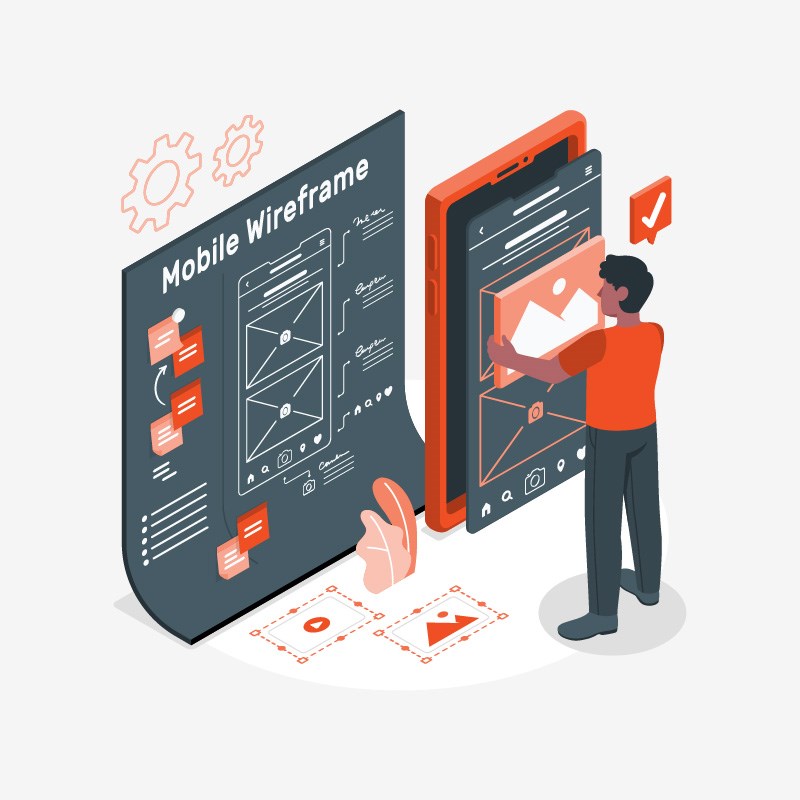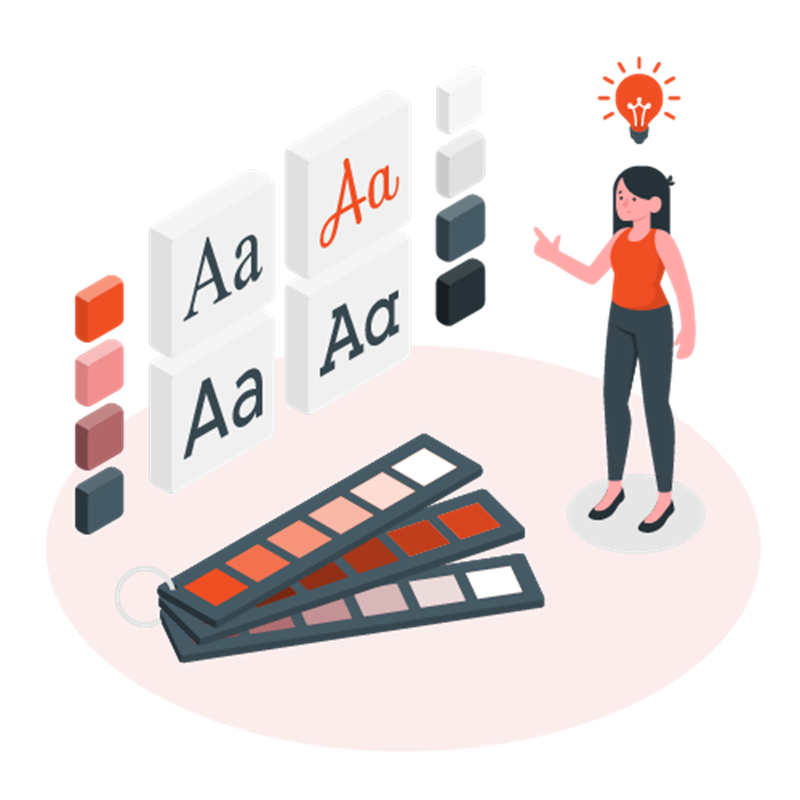UI design refers to user interface design and is also called user interface engineering. It is the design of user interfaces that focuses on maximizing usability (along with user experience). UI design can include display screens, a mouse, a keyboard, and the appearance of a desktop. It is the “skin” of a website. UI design teams work on all areas where users directly interact with the product.
User interface design contains the elements of graphics design: typography, color palette, layout, and brand identity which all influence how the user performs certain interactions on a device and essentially improves the aesthetic appeal of the design. Design aesthetics are important because they enhance or reduce the ability of the users to use the website’s functions. The design process must balance visual elements and technical functionality to create a system that is operational, usable, and adaptable to changing user needs.
In conclusion, UI is the product’s graphic and visual presentation. It appeals to users’ senses by engaging the reactivity and interactivity in response to a user’s input or different display environments. Lastly, UI is about makeup: the product’s navigation, guides, and hints that visually lead users through their experience.
 08-08-2021
08-08-2021



